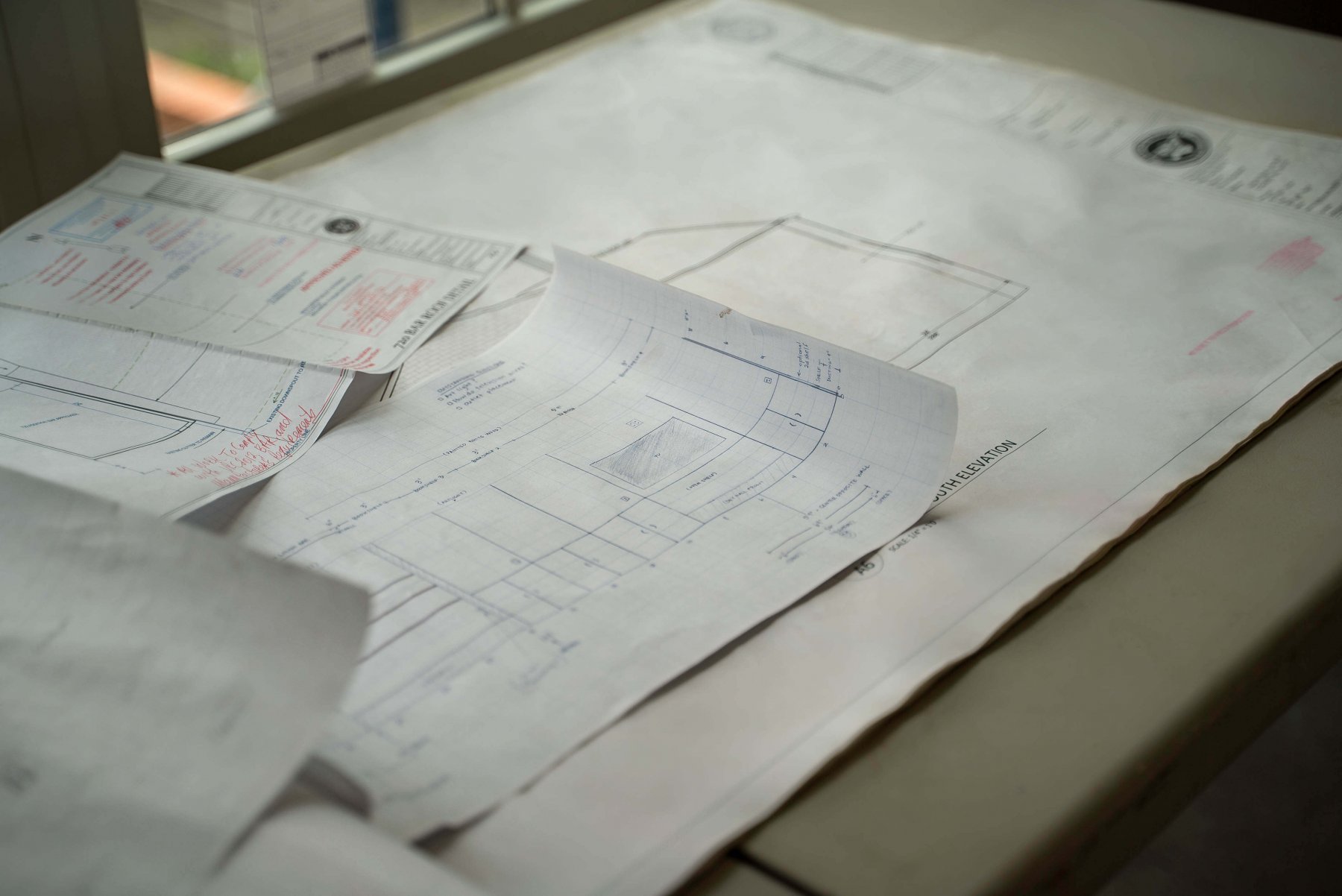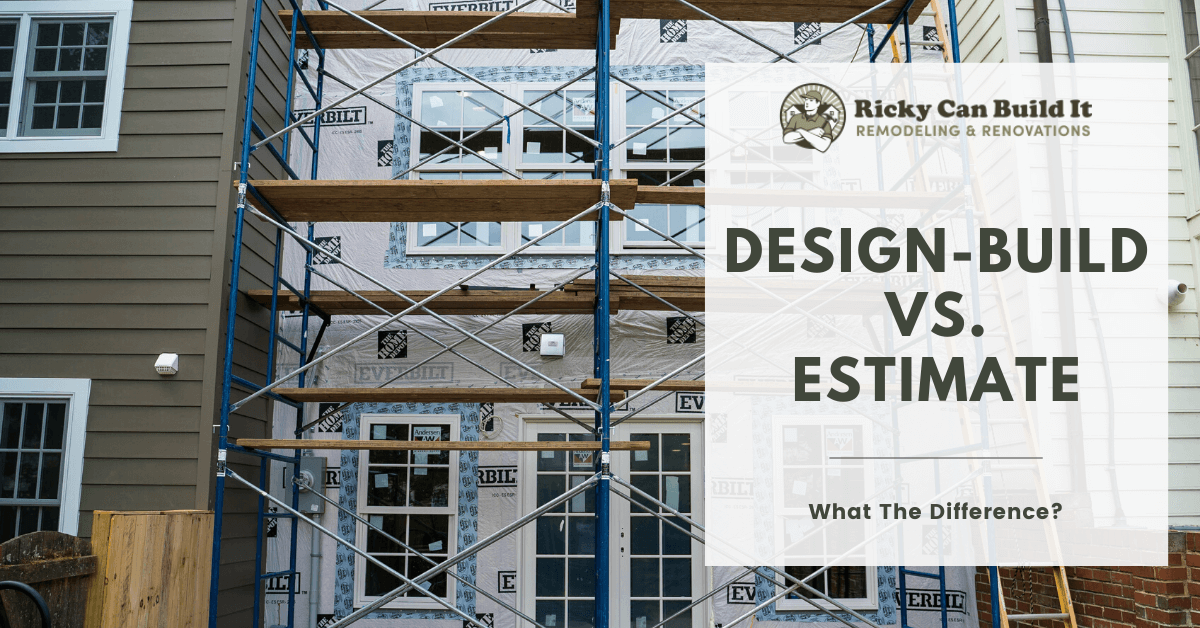- test :
Choosing who to trust with your home renovation challenges even the most savvy homeowner. There’s a general stereotype that contractors are always over-budget and behind schedule. Unfortunately, as with most stereotypes, in some cases they are true. Some contractors will do or say anything to get the job. Even if that means unrealistic time tables and shortchanging clients on materials or labor. And of course, there’s the dreaded “change orders” that lead to an over-budget project.
But on top of deciding who you think can best handle the job, there are a few things you should consider. When it comes to choosing the best method of contractors to undertake a renovation, you’ll be faced with two kinds; design-build and design-bid-build, also known as estimate contractors. So what’s the difference, and how can that affect your project?
Design-Bid-Build
The more traditional process of remodeling, Design-Bid-Build means selecting two separate parties for your project: a designer and a contractor. The designer comes up with the design documents, while the contractor submits an estimate to build the design. This lack of continuity has several potential consequences. Since the contractor is not contractually bound to the designer, they have little legal responsibility to recreate the designer’s vision, and hence, the homeowner bears a bulk of the risk that the project is completed as intended. In some cases, contractor estimates will be much lower upfront (as the contractor might have accounted for cheaper materials in the budget), and the costs to the homeowner tend to escalate during the build.
Relying on different parties means relying on more individuals to stay on time and do their job well. If something goes wrong during the project, there can be finger-pointing as to who is responsible.


Design-Build
Design-Build Contractors act as your single point of contact, bringing design and construction under one roof. The result is a more collaborative and transparent process. Rather than submitting as low an estimate as possible, the Design-Build process includes a frank discussion of budgets up-front—avoiding the potential for the project going over-budget.
In fact, statistically, Design-Build is cheaper than Design-Bid-Build—upwards of 5.2% cheaper. In addition to being less costly, the length of the project is typically shorter and more streamlined. In comparison to Design-Bid-Build, Design-Build projects are completed as much as 33% faster. By choosing this type of contractor, you’re avoiding a disconnect between multiple parties, as well as a lengthier and possibly more expensive project.
Choosing a trusted partner who day-in and day-out will get the job done, will ease your mind and make the process more cohesive. The Ricky Can Built It team walks you through the entire process upfront. No surprises, or miscommunications. From permits and licensing to building and execution, you’ll see the same faces every day right up through project completion.

